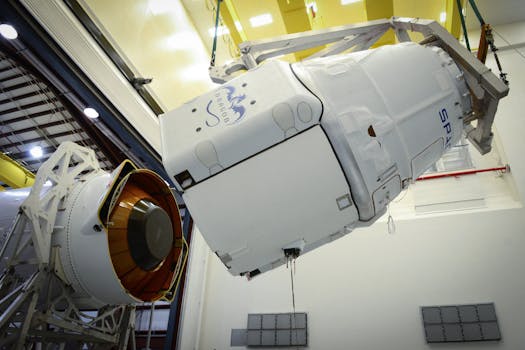Beyond the Atmosphere: The Future of Satellite Technology for Surveillance and Connectivity – Satellite

Beyond the Atmosphere: The Future of Satellite Technology for Surveillance and Connectivity – Satellite technology has come a long way since its inception, and it continues to play a vital role in our daily lives. From facilitating global communication and navigation to providing critical weather forecasts and supporting military operations, the impact of satellite technology is undeniable. As we look to the future, it’s clear that satellite technology will continue to evolve and improve, enabling new applications and services that will transform the way we live and work.
The future of satellite technology holds much promise for surveillance and connectivity, with advancements in recent years paving the way for a new era in space exploration and development. One of the most significant trends in satellite technology is the development of small satellites, also known as CubeSats. These tiny satellites, which are often no larger than a shoebox, are designed to be more affordable and efficient than traditional satellites, making them an attractive option for a wide range of applications, from Earth observation and communication to science research and technology demonstration.
Another key area of focus in the field of satellite technology is the development of advanced propulsion systems. Traditional satellites rely on chemical propulsion systems, which can be heavy and inefficient. However, new propulsion systems, such as electric propulsion and advanced ion engines, are being developed to provide more efficient and longer-lasting propulsion. These new systems will enable satellites to operate for longer periods of time and to travel farther and more efficiently, opening up new opportunities for deep space exploration and development.
In addition to these technological advancements, there are also several new applications and services that are being enabled by satellite technology. For example, satellite-based surveillance systems are being used to monitor and track a wide range of activities, from natural disasters and environmental changes to military movements and border crossings. These systems provide critical information and insights that can be used to support decision-making and to respond to emerging threats and challenges.
Satellite technology is also playing a vital role in the development of new communication systems and networks. With the growing demand for global connectivity and the increasing need for fast and reliable communication, satellite technology is providing a critical link between different regions and communities. From providing communication services to remote and underserved areas to supporting the development of new technologies, such as the Internet of Things (IoT), satellite technology is helping to bridge the digital divide and to enable new opportunities for economic growth and development.
Furthermore, satellite technology is also being used to support the development of new scientific research and exploration initiatives. From studying the Earth’s climate and environment to exploring the surface of the Moon and Mars, satellite technology is providing critical information and insights that are helping us to better understand the universe and our place within it. With the continued advancement of satellite technology, we can expect to see even more exciting discoveries and breakthroughs in the years to come.
In conclusion, the future of satellite technology holds much promise for surveillance and connectivity, with advancements in recent years paving the way for a new era in space exploration and development. As we look to the future, it’s clear that satellite technology will continue to play a vital role in our daily lives, enabling new applications and services that will transform the way we live and work.
The development of small satellites, advanced propulsion systems, and new communication systems and networks are just a few examples of the many exciting advancements that are being made in the field of satellite technology. As we continue to push the boundaries of what is possible in space, we can expect to see even more innovative applications and services emerge, from satellite-based surveillance and communication systems to new scientific research and exploration initiatives.
As the use of satellite technology continues to grow and expand, it’s likely that we will see even more exciting developments and breakthroughs in the years to come. With the continued advancement of satellite technology, we can expect to see new opportunities emerge for economic growth and development, as well as for scientific research and exploration. Whether it’s providing critical information and insights, enabling new applications and services, or supporting the development of new technologies, satellite technology is an essential part of our daily lives, and its impact will only continue to grow in the future.
Overall, the future of satellite technology is bright, and it holds much promise for surveillance and connectivity. As we continue to push the boundaries of what is possible in space, we can expect to see even more innovative applications and services emerge, transforming the way we live and work and enabling new opportunities for economic growth and development.
